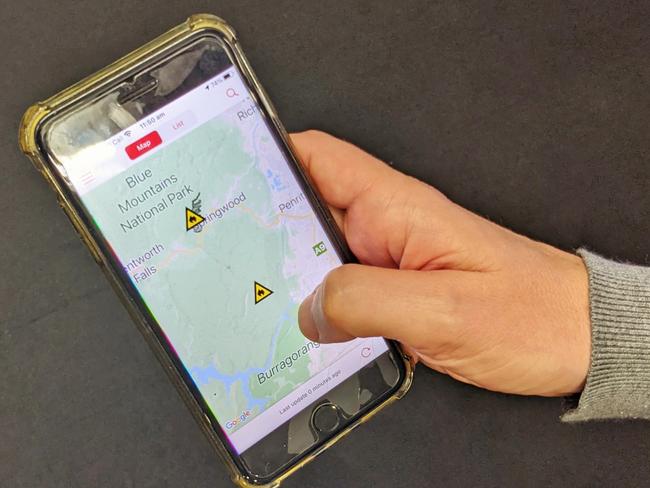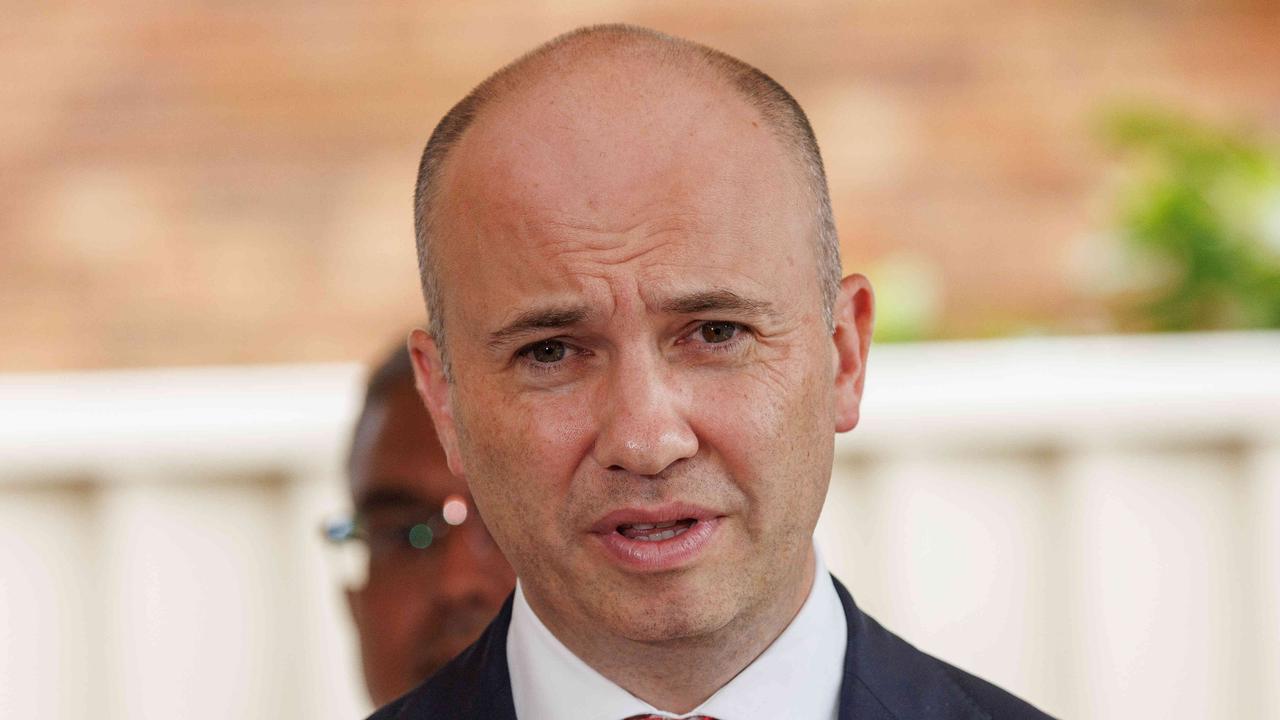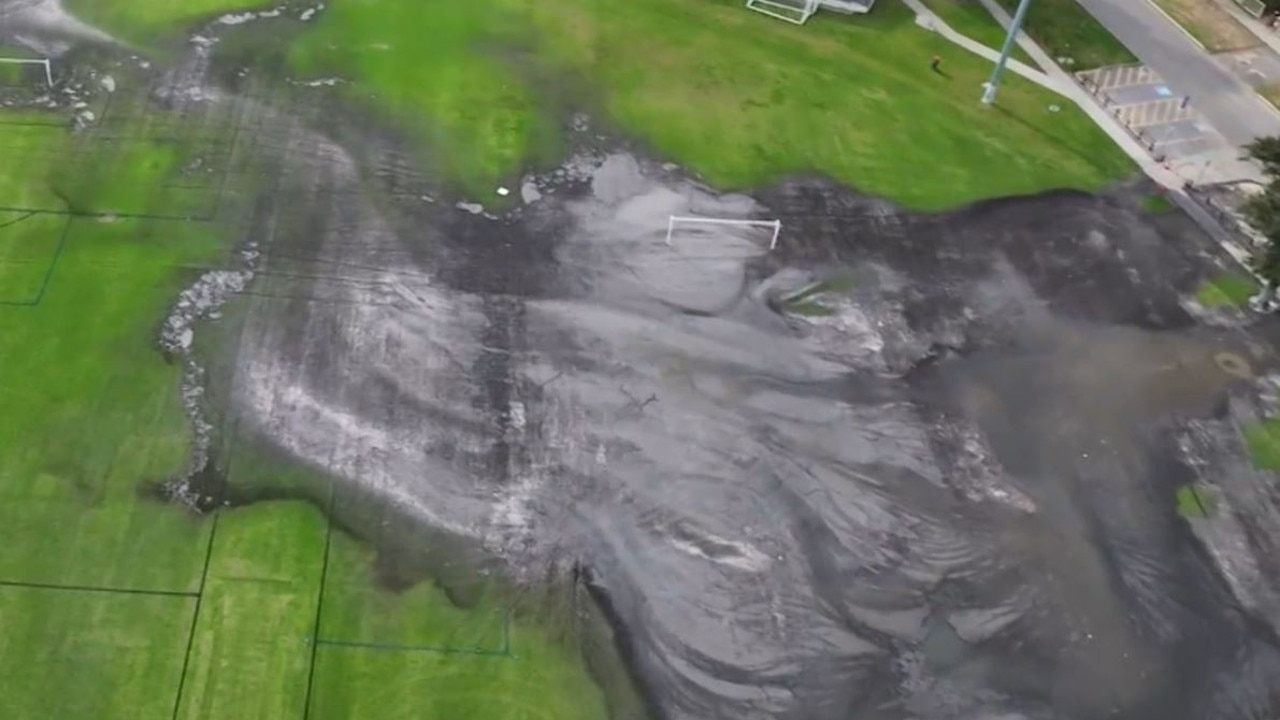New warning over bushfire apps
Apps warning of bushfire danger saved lives during the Black Summer, but experts warn too much reliance on smart phones could create a deadly problem for firefighters.
Environment
Don't miss out on the headlines from Environment. Followed categories will be added to My News.
Apps are an increasingly popular tool for communicating bushfire danger but making them toogood could ironically lead to people making poor decisions that endanger their safety, experts have warned.
A new study of people affected by the Black Summer blazes for the Bushfire and Natural Hazards Cooperative Research Centre found widespread support for the NSW RFS Fires Near Me app, with 78 per cent of respondents saying it was their preferred source of information about fire danger.
Survey respondents said they wanted the app to be more accurate and updated more frequently, particularly about the active edge of bushfires.
The report’s authors said while more detailed and frequently updated information would provide benefits, if users came to rely too heavily on the app “there is a risk that this would encourage people to delay their protective action”.

Taking early action had always been a primary principle of the Australian approach to bushfires, Dr Josh Whittaker from the NSW RFS told News Corp.
“The message has always been to advise people to take early action, and for most people that’s going to involve leaving the area. There is a danger that in providing people this very accurate and up-to-date information, that it might be used to justify last minute decisions,” he said.
“We want to avoid situations where people can see where the active edge of a fire is and where it is spreading, and then they say well say ‘I’ll delay leaving because the fire’s not going to be arriving here until, say, midday … sometimes with fire, predictions can be out. Fire can arrive sooner than expected.”
Of the people who participated in the research, 38 per cent said they left their homes before a Black Summer fire arrived, six per cent departed as a fire arrived, and eight per cent began defending their home but then decided to leave.

“We don’t want people using this information to delay their response. The safest response is always to leave early. We want people to keep that in mind,” Dr Whittaker said.
“Fires can occur with little or no warning and communication systems can fail. So we want to avoid situations were people are relying on one source of information.”
The study also revealed the challenge posed by unprepared tourists during the Black Summer, with many respondents saying they ended up in bushfire areas after assurances from local councils and tourism businesses that it was safe to travel there.
“It got a bit confusing at times … the rural fire people were saying ‘Holidaymakers stay away from the south coast,’ and you had the commercial business people saying, ‘Come to the south coast and spend up,’” one holiday home owner from Benandarah told the report authors.
Of the nonresidents caught up in Black Summer infernos who participated in the research, 52 per cent admitted they had not done anything to prepare for the possibility of bushfire.
Dr Whittaker said tourists in unhosted accommodation such as Airbnb rentals were often not provided with information such as where they could find local evacuation centres.





